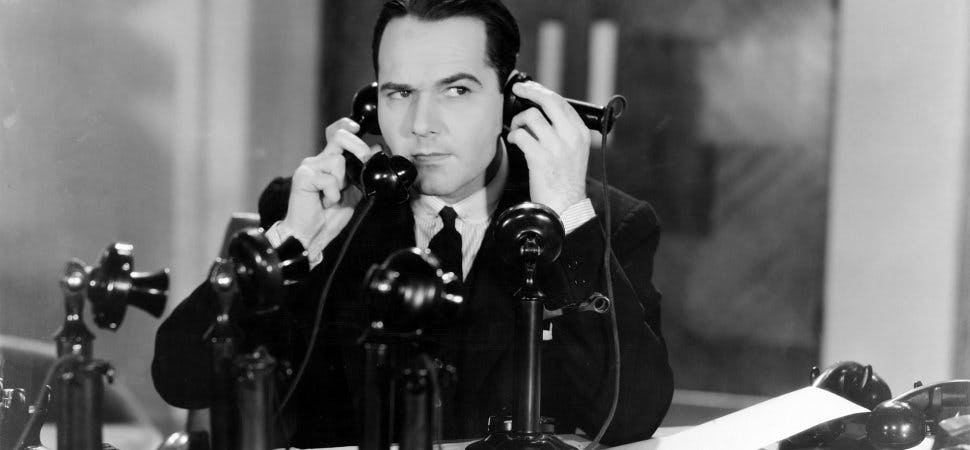Give it a Google, and you’ll find article after article on the rules for conducting yourself in an interview – as a candidate. But a good impression goes both ways when it comes to contacting a candidate. You don’t want to give yourself or your organization a bad reputation because you simply didn’t take the necessary precautions to be courteous and professional in an email or phone call. So, what are the rules for contacting a candidate? Obviously, every situation and every candidate is unique, but here are some basic rules that can’t go wrong with that initial contact.
Do your Prep Work
Before reaching out to a candidate, do your homework. Read their resume ahead of time and determine why you are contacting this person. Do you have a potential job opening for them? Are they not quite what this job is looking for, but you think they’d be a good fit for something else? Be prepared to bring up specific points on their resume that you’d like them to elaborate on. What you SHOULDN’T do is contact a candidate before looking at their resume only to find out while talking to them that they aren’t going to work out. Not only have you wasted your time, but you’ve wasted theirs – and given them a bad representation of how your organization operates.
Make it Personal
Let’s be honest; candidates know that they’re probably not the only person you are talking to about a particular role. Copy and paste email templates are a nice way for you to save time when reaching out to several candidates about a job opening, but do yourself a favor and add a personal touch to them. Nothing is less appealing to a candidate than opening up an email to see some detail pasted into it that does not apply to them. Double check your details and bring up something unique to that person that caught your eye (a company they worked with, a past role they held, a particular skill they have experience with).
Make Like Bob Ross and Paint a Pretty Picture
Contacting your candidate isn’t only about seeing if they’re a good fit, but the candidate is also feeling out the job to see if it’s what they’re looking for. Be ready to answer questions about the job and about the company you’re hiring for. When you talk about the role, you want to try to sell it in a positive light (without being dishonest, of course). Show them the “happy trees” and what makes pursuing this job desirable. If you sound negative or apathetic about the job, the candidate you’re talking to may decide to stop there.
Be Polite
One of the easiest ways to ensure a good first impression is to remember your manners and be polite. Even if you don’t feel like this candidate will be a good fit for this particular role, cutting the conversation off, or suddenly turning off your courtesy filter will not bode well for you. People talk, and if you came off as rude or unprofessional, you better believe a bad review posting may not be far behind. Another thing to remember is that this candidate may be a great fit for a future role, so it’s best to try to end your conversation on good terms in case you come calling again.
Bringing it all together
In a previous post on the SourceCon blog, Amybeth Quinn puts together a perfect outreach letter that brings all these pieces together. She talks about these key factors when doing initial outreach.
- Be honest with who you are reaching out to — let them know about the who and whys
- Let the candidate know where you found them while adding a unique piece of information that you found during your research
- Give a 10,000-foot overview of the job and save the full description for when they have expressed actual interest.
- Let them know there are no assumptions made on the initial outreach
- And finally, tell them that even if they’re not interested, you’d love to hear back from them.
Now that you know how to handle a candidate do the necessary prep work, and paint a picture, take these last five steps and bring it all together in one beautifully written outreach letter that’ll have your candidate wanting to know more about the current positions you’re recruiting for.
